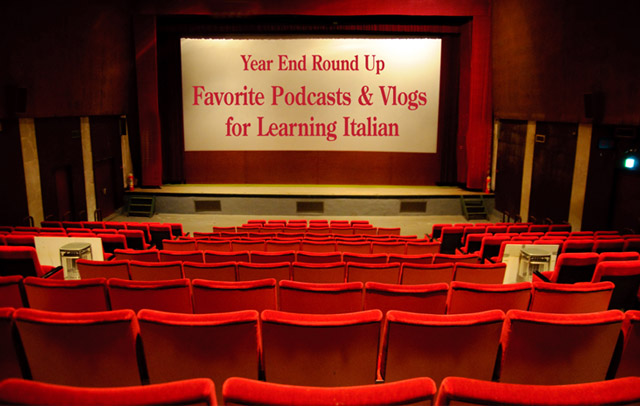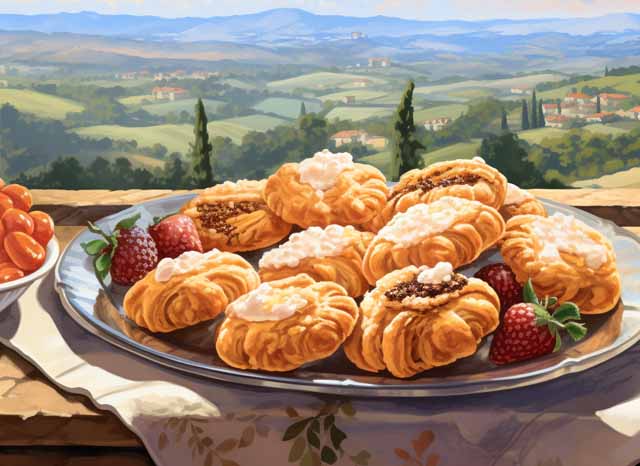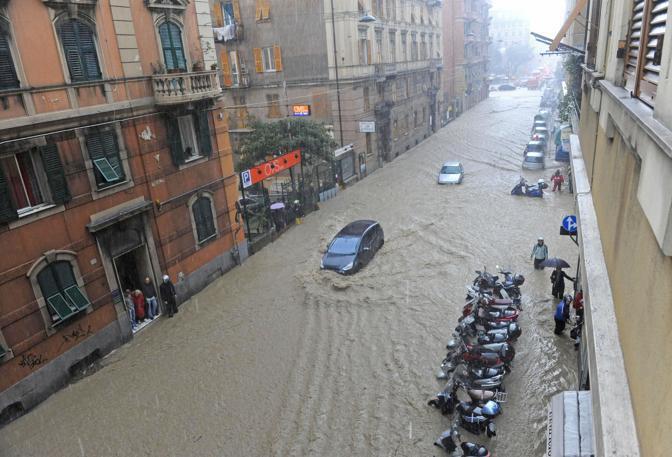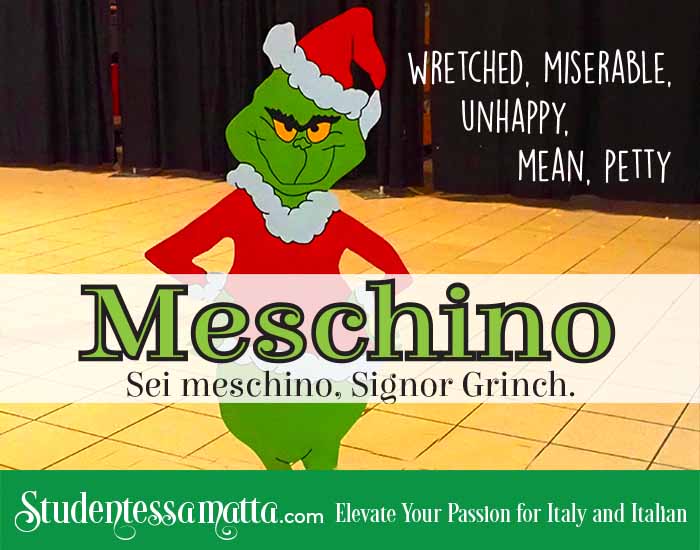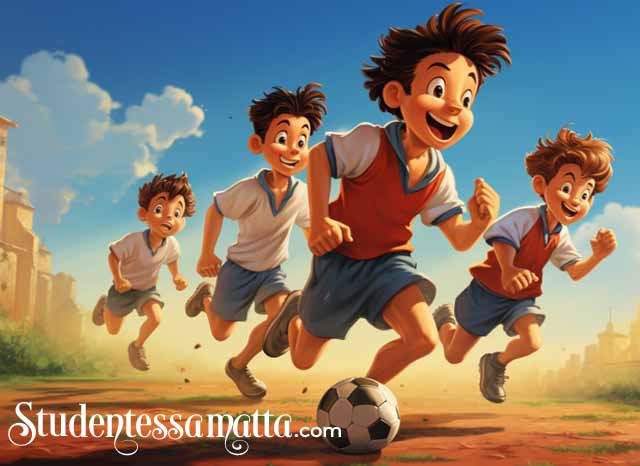
Padroneggiare la pronuncia italiana è essenziale per una comunicazione chiara.
Mastering Italian pronunciation is essential for clear communication.
L’unico mix di vocali e consonanti in italiano crea suoni distinti, fondamentali per ottenere una padronanza simile a quella di un madrelingua. È per questo che do priorità all’insegnamento di questi suoni specifici, sia che io stia interagendo con gli studenti in conversazione, sia che stia facendo da coach a qualcuno nuovo alla lingua.
The unique blend of vowels and consonants in Italian creates distinct sounds critical for achieving native-like fluency. That’s why I prioritize teaching these specific sounds, whether engaging with students in conversation or coaching someone new to the language.
Oggi, esamineremo il suono G italiano e la sua interazione con diverse vocali, scoprendo le sottigliezze che arricchiscono il paesaggio sonoro della lingua.
Today, we will examine the Italian G sound and its interaction with different vowels, uncovering the subtleties that enrich the language’s soundscape.

La Forza del G in Italiano: Una Guida alla Maestria
The G-Force in Italian: A Guide to Mastery
G stands tall and proud like an English G when it meets the vowels a, o, and u. Picture the word GATTO (cat), and you’ve nailed it!
But wait, there’s more. Examples like GORGONZOLA (a type of cheese ) and GUFO (owl) follow the same rule. Feel the G-force yet?
Now let’s demystify three such sounds: GLI, GN, and GH
The GLI sound in Italian is somewhat akin to the LLI in the English word million but with a lighter touch, requiring the tongue to touch the roof of the mouth lightly. It’s a sound that doesn’t exist in English as a standalone phoneme, making it tricky for English speakers to master.
Famiglia (family): Think of it as fa-MEEL-ya, keeping the GLI light and fluid.
Figlia (daughter): This one is akin to FEE-lya, with that soft, lyrical GLI sound.
The GN sound in Italian is similar to the NY in the English word canyon, but it’s more pronounced and integrated into the syllable. It’s a nasal sound that also requires the tongue to touch the roof of the mouth.
Gnocchi (a type of pasta): Just like NYOH-kee, with a soft, velvety gn at the start.
Bagnare (to wet): This becomes “ba-NYAH-re,” incorporating the GN sound fluidly
The GH sound in Italian has a hard sound, akin to the G in go or get, but it’s used before the vowels E and I to maintain that hard G sound
Ghiaccio (ice): Pronounced like GHEE-ah-cho, with a hard gh that mirrors the English G.
Ghiro (dormouse): This word, sounding like GHEE-ro, showcases the hard GH sound.
Ora le combinazioni GE e GIO
Now the GE and GIO combinations
G transforms into a jazzy English J as in Jam when it cozies up with the vowels E and I. Take gelato (ice cream), for instance. Your summer in Italy just got cooler, didn’t it?
GIO combo? Think Joe in English! Words like gioia (joy), gioiello (jewel), gioielleria (jewelry store), and giostra (carouse or joust ) might look intimidating, but with this trick, you’re already halfway there. Just start as if you’re greeting our friend Joe!
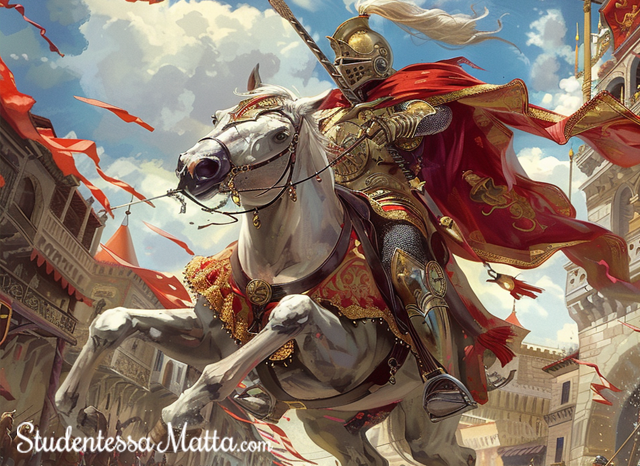
Parlando di GIOSTRA…
Speaking of GIOSTRA…
Sapevi che GIOSTRA significa sia carosello che giostre? Immagina l’eccitazione di girare su un giro colorato o il brivido di una giostra medievale. E se ti dicessi che puoi vivere la parola “giostra” in tutto il suo splendore?
Did you know GIOSTRA means both carousel and joust? Imagine the excitement of spinning around on a colorful ride or the thrill of a medieval joust. What if I told you you can experience the word GIOSTRA in its full glory?
Unisciti a me, la tua guida linguistica, ad Arezzo questo giugno e settembre per un’esperienza indimenticabile di immersione nella lingua italiana! Esploreremo l’affascinante città di Arezzo, giusto in tempo per la Giostra del Saracino, uno spettacolo di splendore medievale che si tiene due volte l’anno. Assisterai alla città che prende vita, ti immergerai nello spirito e sentirai l’adrenalina mentre i contendenti lottano per la lancia d’oro.
Join me, in Arezzo for an unforgettable Italian language immersion experience this June and September! We’ll explore the mesmerizing town just in time for the Giostra del Saracino, a spectacle of medieval splendor held twice a year. Witness the town burst into life, immerse yourself in the spirit, and feel the adrenaline as contenders vie for the golden lance.
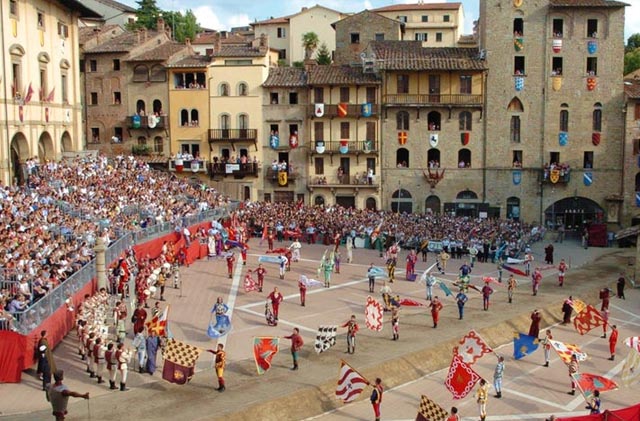
Why wait? Your Italian adventure beckons! Learn, practice, and perfect your Italian with me. From giostra to gioiello and gioia, master the pronunciation and soak in Italy’s beauty.
To sign up for more information, sprint to the Studentessa Matta Small Group Program page.
Non vedo l’ora di incontrarti in Piazza Grande! Creiamo ricordi che dureranno una vita, tutto mentre ci innamoriamo della lingua italiana.
I can’t wait to meet you in Piazza Grande! Let’s make memories that will last a lifetime while falling in love with the Italian language.
2024 Matta Arezzo Fall Giostra Weekend
August 31 – September 2, 2024
$850
(2024 Program Price: $850)
Maximum number of participants 8
Couples and singles, English and Italian speakers are welcome!
More “GIO” words
Giocare – (to play) Imagine kids playing in the piazza, the laughter and joy filling the air.
Giornata – (day) Think of a beautiful giornata spent roaming the cobblestone streets of an ancient Italian city.
Giovane – (young) Picture the vibrant energy of a giovane crowd enjoying a lively festival in Italy.
Giornale – (newspaper) Visualize reading a giornale in a quaint café, sipping on a perfect espresso.
Gioco – (game) From traditional board games to lively outdoor activities, gioco captures the spirit of fun.
Giornaliero – (daily) Whether it’s a ticket pass or a routine, giornaliero signifies something that occurs every day.
Giovanile – (youthful) This word embodies the freshness and vivacity associated with youth.
Giocattolo – (toy) Childhood happiness is summed up in one word, covering everything from soft toys to complicated puzzles.
Giocondo – (joyful, merry) Reflecting happiness and lightheartedness, giocondo is what you feel walking under the Italian sun.
Giocoliere – (juggler) Envision the skill and grace of a giocoliere captivating audiences in a bustling Italian street.
